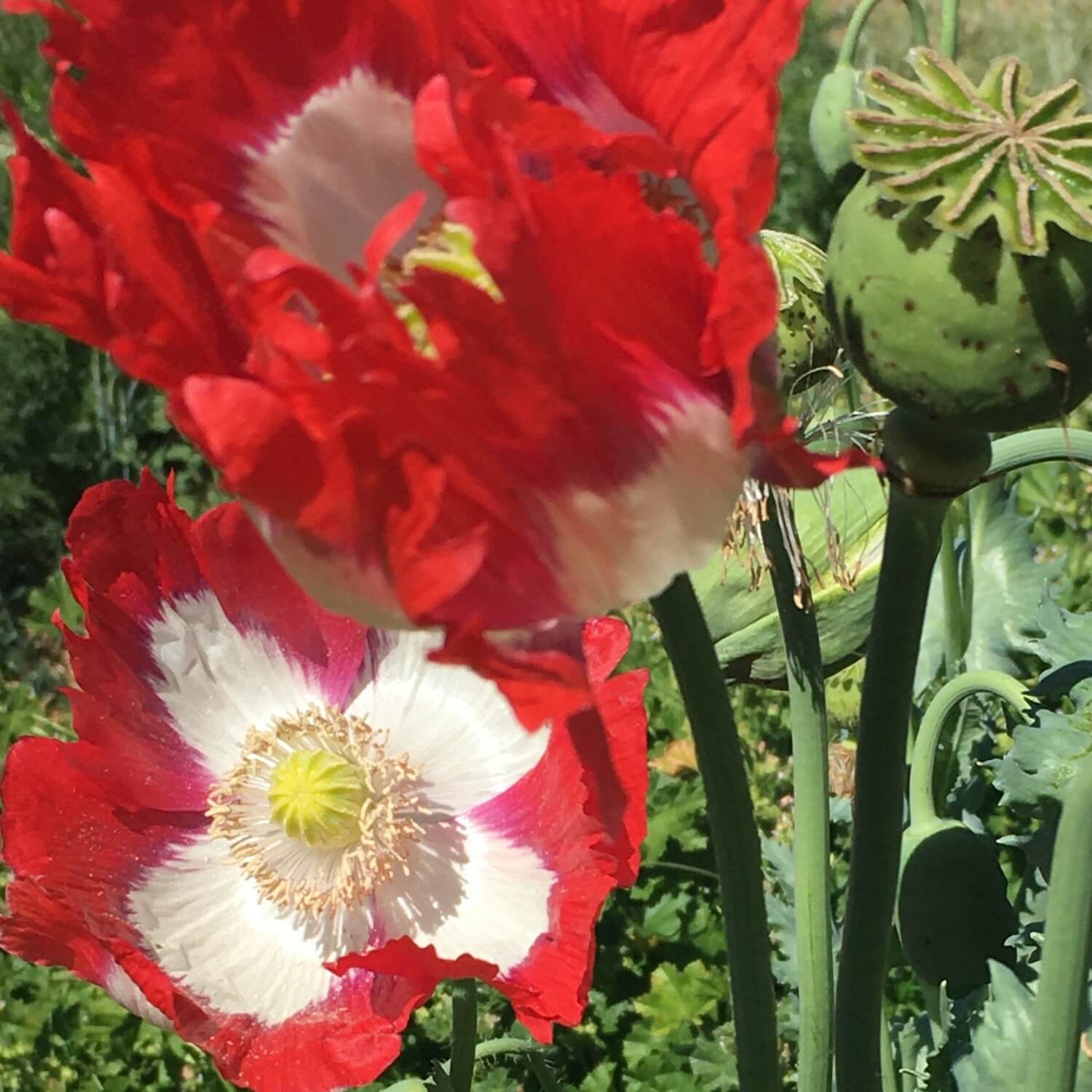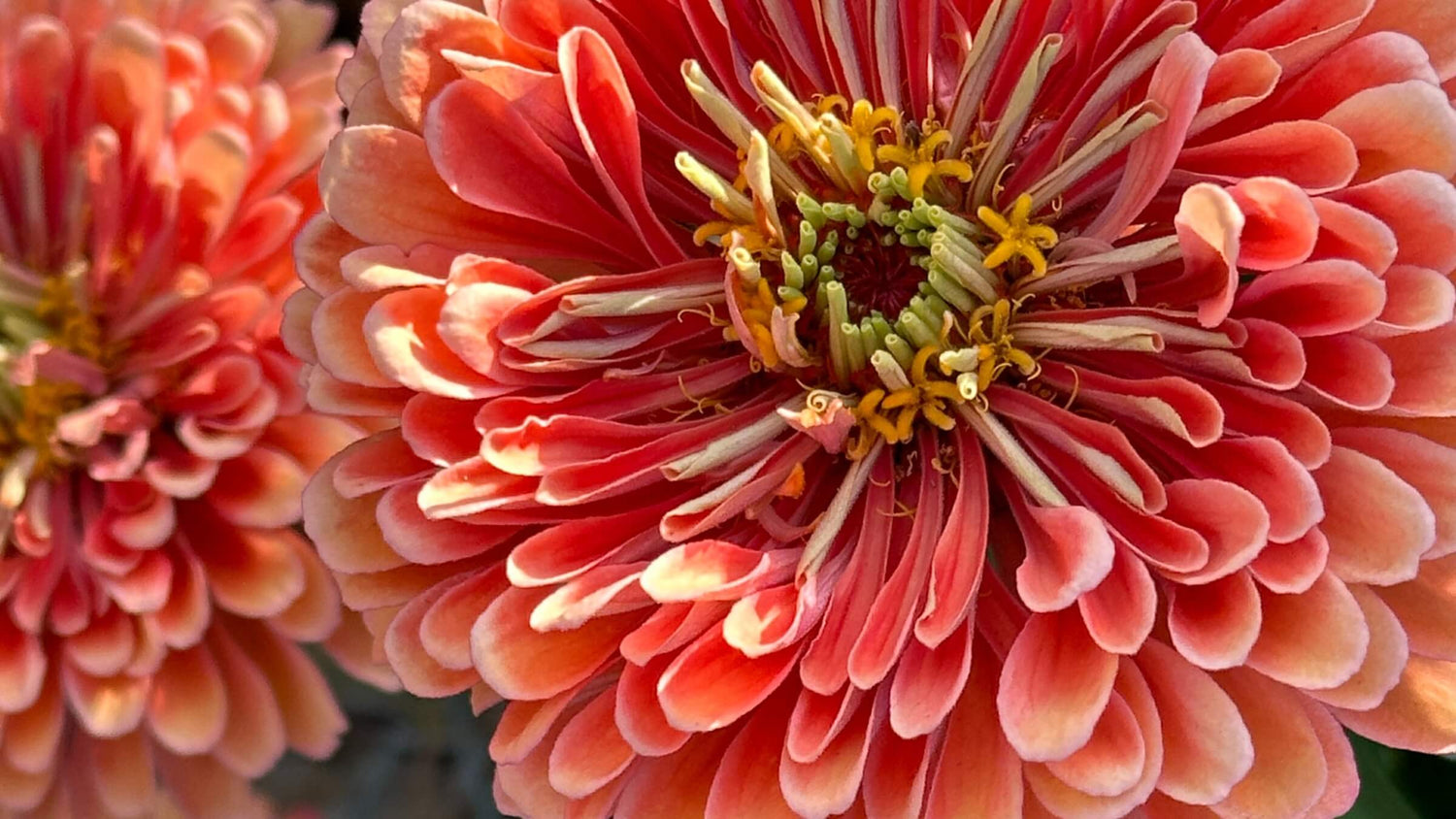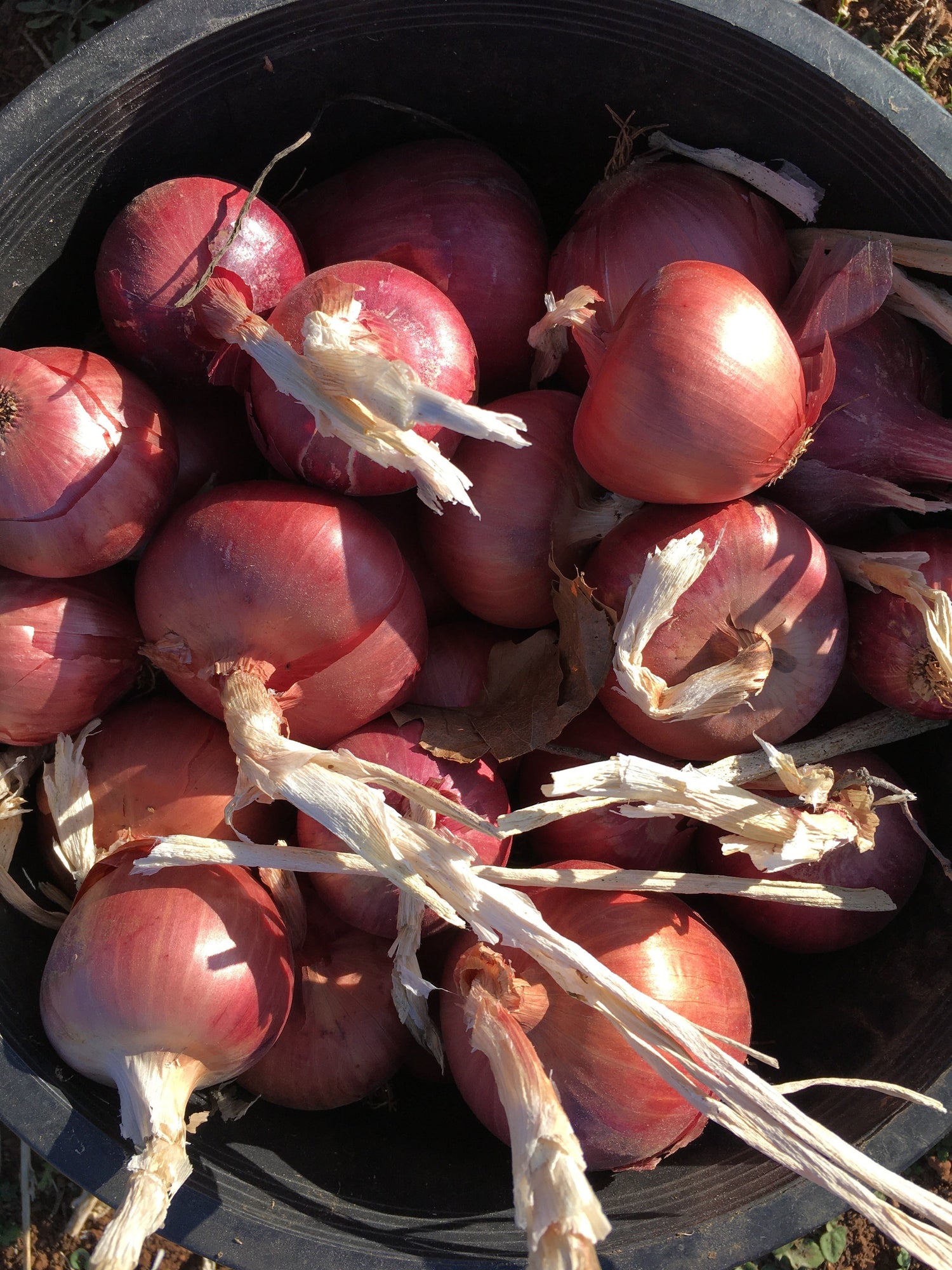
Is your garden mostly tucked in? Now is the time to get your trellises in place.
On our farm I’ve experimented with permanent trellising but ultimately have found that my needs change from year to year so it is something I rebuild each season depending on what I’m growing. T
In our gardens permanent trellising leads to increased predation. If you’ve been following me for a while you may have noticed that I use row cover a lot to protect young seedling from birds. I have lost a few pea crops due to planting at the base of a trellis and not being able to tuck the row cover in well enough.
This leaves me building trellises after planting. I find there is about a three week window to get it done. It is key to tread gently while building to not damage young plants. Trellising feels exciting! It is a time each year to flex my building skills and get creative. I use what I have to build what I need.

Common trellis materials: Wire fencing, Hortonova, Cow/hog Panels,Hemp/Sisal twine, hay bale twine, Metal T-Stake, Sticks, Bamboo, Wire, used drip tape.
Cattle Panels: These are made from welded, four-gauge, galvanized wire and are 16 ft long by 4 ft tall. This photo shows beans growing on a cattle panel trellis.
Easy Multi-Purpose Cattle Panel Trellis:Pound two stake into the ground about four feet apart and attach to one end of the panel. The panel will stick up in the air. Bend the opposite end over and stake it into the ground. Now your crops have a super sturdy trellis system with more height. This is suitable for beans, pea, cucumbers, melons and even squash. Line up several of these in a row for a veggie tunnel!
Hortonova: This versatile plastic netting is very useful as trellis material. It is quite resistant to UV and does not break down quickly. We have used the same roll year after year. It can be taken down and put back up or stretched very tightly and used as permanent trellis
Tomatoes: We use two main methods for containing our tomatoes. It also works to do nothing with tomatoes and let them sprawl. In fact we often do this with large seed crops. The disadvantage can be a decrease in yield, rotting fruit and general chaos! If you do choose to trellis there a two methods that stand out.
- Basket Weave method: Plant tomatoes in a row, 18-24 inches apart. Drive sturdy stakes into the ground at the end of your row and in between every 2-3 plants. Using sisal, jute or baling twine tie off the twine on the end stake and begin to weave it through the plants looping around each stake as you go to pull it tight. When you reach the end, loop it tightly and return to the original stake but weaving the opposite way. Start your first weave when the tomatoes are under 2 ft tall and add another layer every 1-2 ft to create a tomato wall!
- Make tomato cages: Very sturdy cages can be made cutting cattle panels to length and hooping them together with baling wire. These will fit one plant and can be used year after year. You can also use various types of wire fencing that can be easier to cut and bend. On our farm I have used 4 ft fencing to create large tomato cages that will hold 4-5 tomato plants in a bed.

Beans/Peas: Two methods we use are listed below. There are literally so many ways you can trellis beans and peas. Whatever works for you, in your space is the way to go!
- We have tried just about all the methods for trellising these crops from Hortonova to orchard fencing but I have grown to prefer cattle panels because they are so rigid. These are usually 16 ft long and made with sturdy gage wire and can be used year after year. We use metal stakes to secure them. The only drawback is that they are only 4 ft tall and beans like to climb much higher. I have 15 ft lengths of rebar that we use to extend the trellis with hortonova.
- Hortonova or orchard fencing can also be used it conjunction with T-stakes. Just be sure to add enough stakes to support the crop when it is mature. I usually try and put stakes about every 4-5 ft.

Cucumbers, Melons and Squash: Yes! These can be trellised too. In fact there are many advantages to trellising these cucurbit crops. Trellises for these crops can be straight up and down or hooped. Cattle panels are a good choice either way because they are so sturdy.
- Increased airflow around the fruits and vines will decrease the chance of mold and other fungal disease.
- Pollinators will be able to access the flowers more readily.
- Making use of vertical space will free up ground space for planting
These crops can become quite heavy so be sure to construct your trellis with weight bearing in mind. Some fruits may need to have hammocks under them if they become too big as is the case with some melons or winter squash. You can use netting or stockings for this.
Flowers: To prevent tall flowers falling over you can run a horizontal layer of plastic Hortonova trellis. The flowers grow up through the trellis and are supported.
The main take away from this blog post is that there is no one way to do it. No right or wrong. Just try and do and learn what works in your space.






